Meet the children who saved Lt. Kerr
Primary tabs
Last weekend I met some of the men and women who, as boys and girls, had helped American pilot Lieutenant Kerr [1] escape from the Japanese. He was shot down over Kai Tak on 11th February 1944 and, despite multiple burns and a broken shoulder, managed to steer his parachute north-east towards the hills.
Here's his description of landing:
…Looks as though I’d land near that road down there. Not good. It was a modern looking cement roadway, dotted with hurrying men. There were a lot of faces looking up. Jeez, I’m going to land in a company of Japanese soldiers – very convenient for them. Some little white buildings…
…The silk canopy of the parachute draped on the roof and side of one of the buildings and there I was, standing on a narrow cement path, trembling with excitement and misgivings, wildly looking around for a way of escape – or something. Look! The men on the road, they’re all running away! Just Chinese laborers and frightened of me. Gosh, maybe I can get away from here!
…Even before I was free of the parachute, I began to run – a frantic scrambling run up the side of the rock-strewn mountain. After I had covered a hundred yards, I saw a path on my left – a wide path leading through a notch in the hill and appearing to go in the most promising direction. I dashed over to it, then stopped a moment to look around.
…I encountered … a fairly well dressed Chinese youth. When I showed him [the Chinese flag sewn inside my jacket], he seemed to understand and pointed in the direction I was heading and stammered out in fair English, “Village people help you.”
I turned to run down the path to this promised haven but had hardly started when I felt a tugging at my sleeve. I looked down and found a very young Chinese boy excitedly trying to get my attention. This was Small Boy [2]. He was to have a leading part in my forthcoming travels, though of course I didn’t know it just then. All I saw was a boy of about ten or twelve looking up from under a man-sized and store-fresh felt hat. What showed of his face had a determined but alarmed expression. His clothes were the usual Chinese costume except for the addition of a pair of ragged Keds [tennis shoes], and of course, that Western World hat. Slung over one shoulder, knapsack-fashion, was a long nickel-plated flashlight that also seemed out of keeping with the Orient.
That "notch in the hill" that Lt. Kerr dashed through sounds like Shatin pass so that's where we started, with Mr Wong Pak-kut as our guide.
He has lived all his life in the area around the pass. Now in his late 70s, he remembered how the area looked to him as a boy in 1944:
There was a Police station building at the pass that had been built by the British ((point A on the map below)), and a church up on the hill above the pass ((point B on the map below)). The police station was empty in 1944 - the Japanese were down in Kowloon - and it wasn't used again after the war.
The area was very different then. Very few people lived around here, and the vegetation on the hills was just grass. Trees were rare. One of my jobs was to take our family's cows grazing on the hillside.
I knew a plane had crashed, but I didn't see the pilot come down. Later on, my father visited Lt. Kerr to take food to him.
As we stood talking Mr Wong saw a car driving up Shatin Pass Road. He waved to the driver to stop, and told us this was the person we needed to talk to:
She's Mr Wong's cousin, though he addressed her the polite way as "Ying-je" ((older sister Ying)). She was one of the first people to see Lt. Kerr after he landed.
We walked to the place where she first saw him ((point C on the map above)), and listened to her describe the events of that day:
I saw something coming down, and thought "what's that?". I got closer and saw it was a man - an American!
How did you know he was American?
I often saw the Japanese, and he wasn't one of them.
I said quickly, go up this way. Ah-shek ((the "Small Boy" in Kerr's notes)) had come up from Shatin, and didn't know the area so well. He wanted to go back towards the pass, but I said "no, go this way". Near the pass is a road where the Japanese rode along on their horses, and cars could drive up. Here there is a concrete road too now, but then it was just a narrow path so no cars could drive here. He asked if we could really go this way and I said yes! I was born near here so I know the area very well.
We set off together with him and Lt. Kerr so I could show him the way, but after a while he told me I was small and should go back. I was just nine years old then.
Were you scared?
I wasn't scared at the time, but I was scared later. The Japanese might cut my head off!
Later the Japanese came and offered a big reward to anyone who could tell them where the American was. I just said I didn't know anything.
After lunch we went to visit one of the key locations in the early part of Lt. Kerr's escape. He got separated from Small Boy, and for several days he'd been hiding on the hillsides using whatever big rocks and vegetation he could find. But he'd already had several near misses where the Japanese had come very close to him, so he needed a better place to hide. On the fourth day he called to four boys, who luckily turned out to be friendly. That evening he was taken to a perfect hiding place. Lt. Kerr again:
As soon as it became dark we left the shelter of the rocks and crept down the hillside…...We unexpectedly left the wide path where it turned into a small ravine. There was no sign of a path now – just waist high bushes and grass. We crossed the little dry ravine and advanced a few yards up the opposite side. There was short grass here with occasional low bushes. Y.T. [3], a little in the lead, felt around under one little clump and disappeared! The boys followed, the last one staying behind to lead me in. He pulled the shrubbery aside and pushed me towards a black opening. On hands and knees, I poked my head in and explored around with my hand. Nothing. Aided by a push from behind I squirmed into the shoulder-width hole and dropped down a foot or two onto a straw floor. I just sat and wondered for the next few minutes while the last boy came in and then carried out some business with the entrance. Then someone turned on the flashlight.
Gosh! I was incredulous. I hadn’t expected much – and this was absolutely perfect…a round room with a low arched ceiling. The floor was deep with straw and the walls were hard and somewhat glazed. The place was about eight feet in diameter and the walls quite unbroken except for the entrance hole, a small niche near the floor and a little opening high on the opposite wall. The entire room was underground – dug into the hillside – and had been originally built as an oven for burning wood into charcoal. The past fires had baked the walls to rock-like hardness and thus sealed off any dampness.
Another Mr Wong led us to this place. He is in his 80s, but out-walked all of us as we made our way along the hillside!
Here's the entrance to the underground room:
The view inside from the entrance:
And again with flash to get a better sense of scale.
The rectangle on the right is the "little opening high on the wall", and is the old chimney. (And the gentleman in these photos is David Kerr, Lt. Kerr's son.)
It's definitely a cave used for burning charcoal, but is it the cave that Lt. Kerr hid in? Trying to identify locations based on Lt. Kerr's descriptions involves a fair amount of guessing, and Mr Wong says this is not the only charcoal-burning cave in the area. He says that the others have since collapsed, but still, maybe Lt. Kerr hid in one of them?
On an earlier visit Lt. Kerr's grand-daughter spotted evidence to confirm this is the right one:
No, not the flags. They're a recent addition!
Either side of the doorway is a rusty nail, knocked into the wall many years ago:
Lt. Kerr's journal talks of covering the entrance with a blanket at nightime, so they could light a lamp and not be seen from outside. The nails would have held up the blanket.
The day's events were filmed for a documentary that will cover the whole story of Lt. Kerr's landing, hiding, and eventual escape back into China. It was a fascinating day out, so a big thank you to David Kerr for inviting me along.
I'm looking forward to seeing the finished documentary, but in the meantime you can read Lt. Kerr's record of his experiences:
- Introduction: http://gwulo.com/node/18844
- The journal: http://gwulo.com/node/18844/view-pages
Regards, David
PS Corrections are always welcome, but especially so in this case. Conversations went through various combinations of Cantonese, Putonghua and Hakka before making it into English, so I may well have misunderstood some of the points we discussed.
Join us for a walk next Saturday, 29th of November
It is the best time of year to be out walking in the Hong Kong countryside. Join us on 29th of November for a walk led by Guy Shirra, who will lead us along one of Hong Kong's ancient boulder trackways, and tell us their history. Click here for details.
|
Also on Gwulo.com this week:
|
References:
- Donald W. KERR : http://gwulo.com/node/18843
- Shek LI (aka Small Boy): http://gwulo.com/node/18845
- Y.T.: http://gwulo.com/node/18871
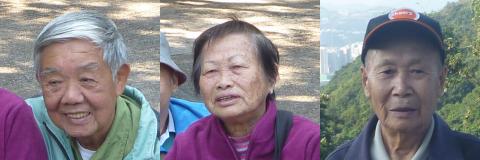
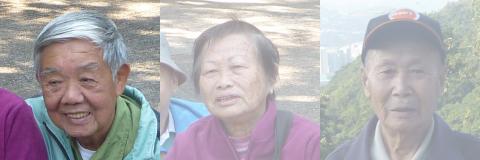
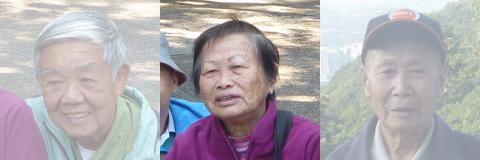
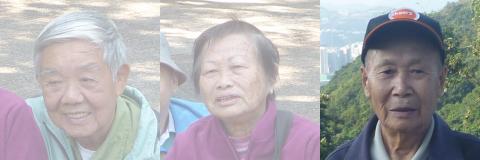
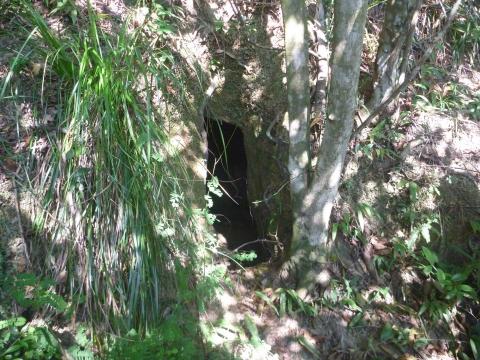

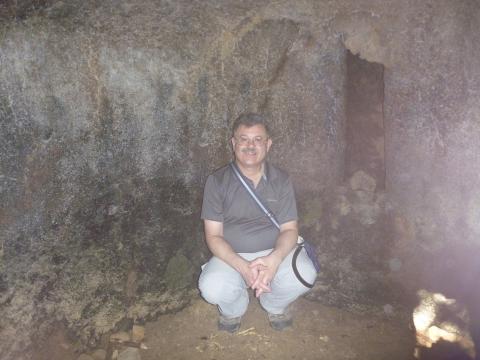
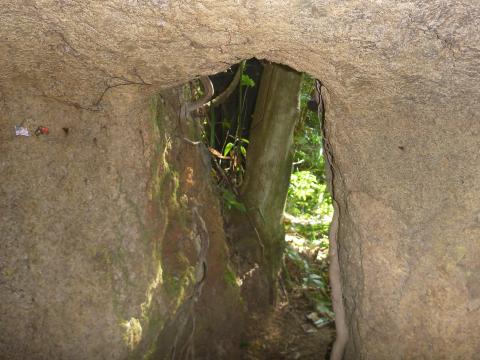


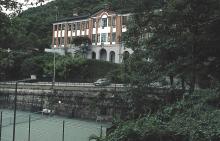
Comments
A cracking good story. Thank
A cracking good story. Thank you!